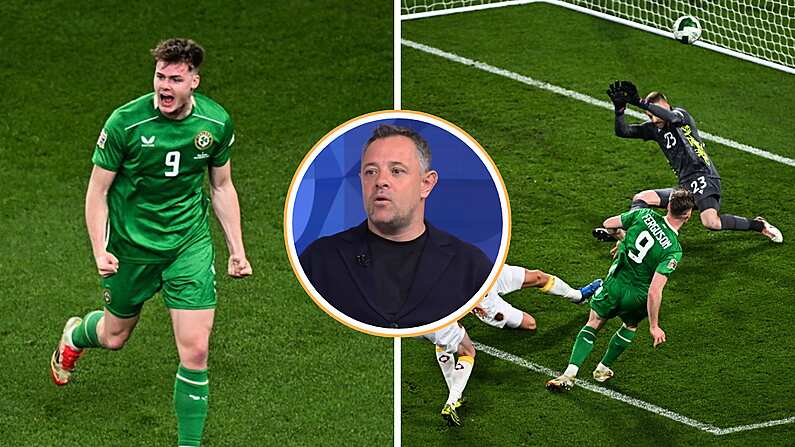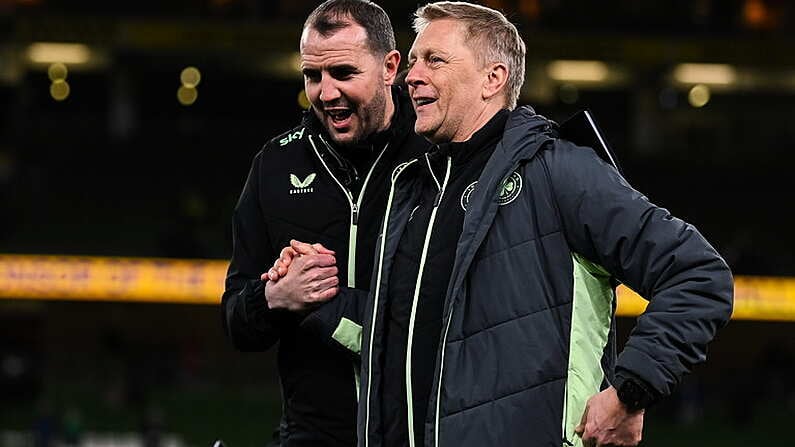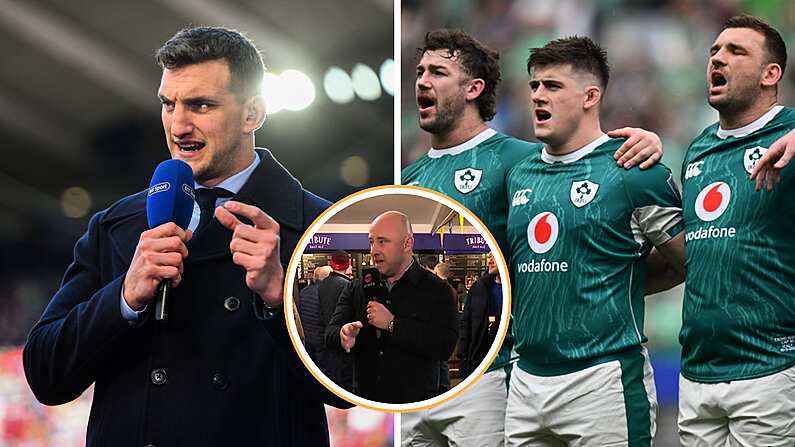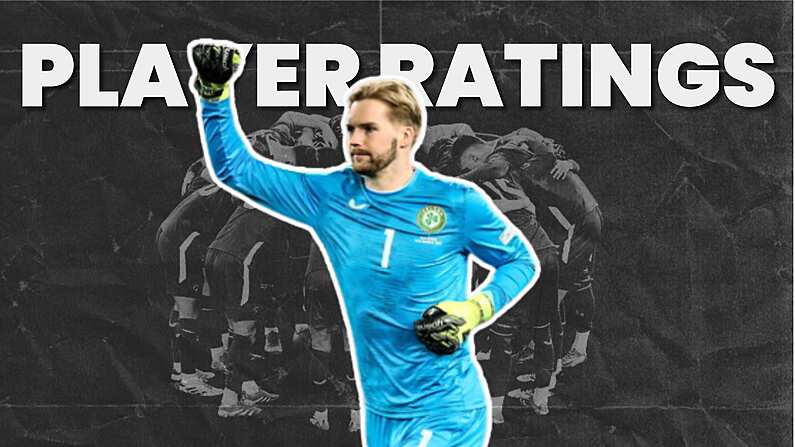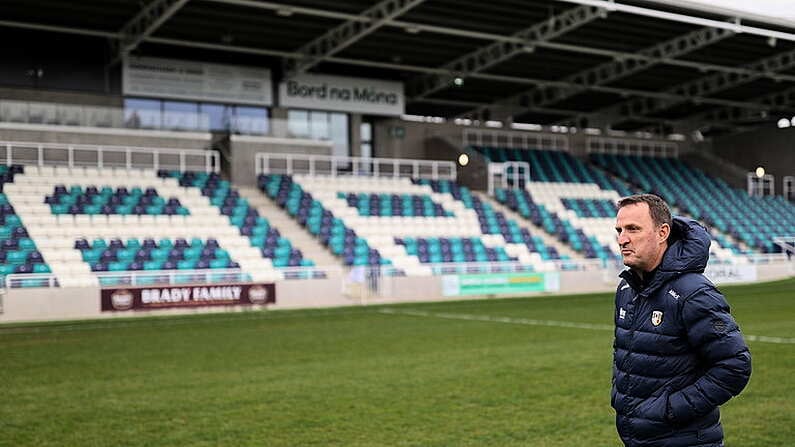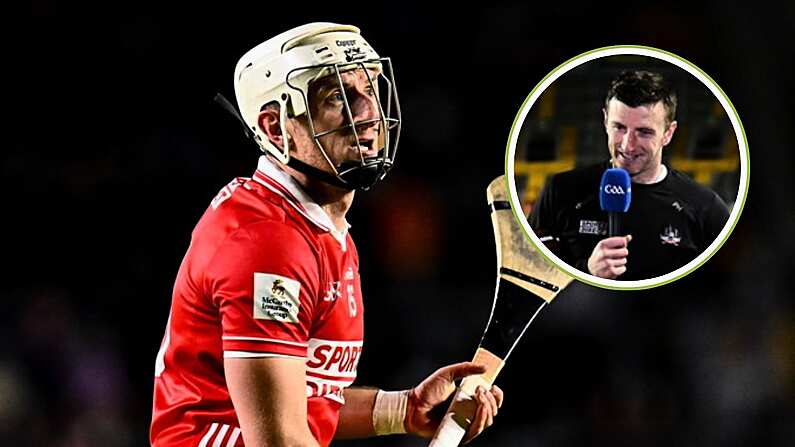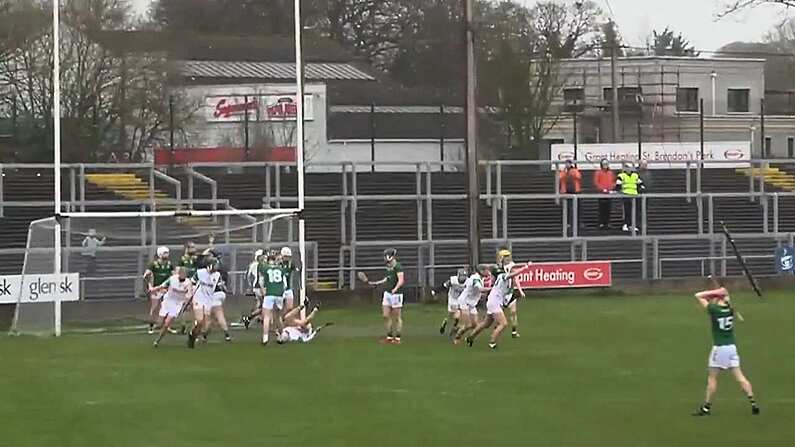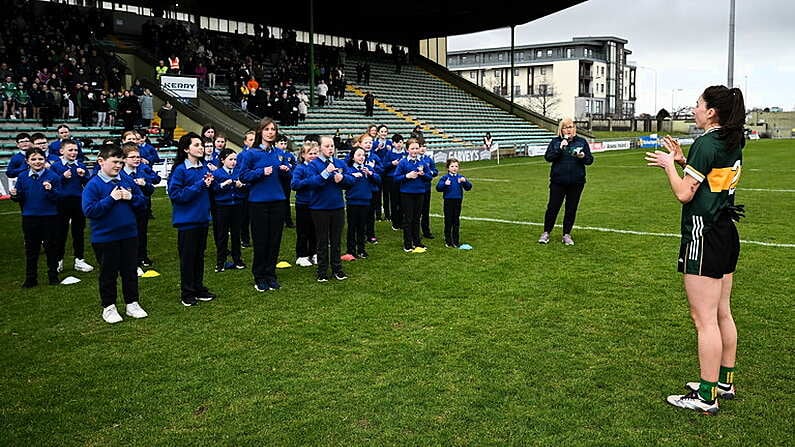Going into this Sunday's All-Ireland final, few people are giving Tyrone any chance of halting Dublin's march towards four-in-a-row.
The meeting of the two teams during the Super 8's stage gave little indication of an upset. While there was only three points between the teams in the end, Tyrone only really appeared to be a threat in the closing stages. Their defensive system was not as effective as would have been hoped, while they showed little attacking initiative. When the shackles came off in the last few minutes, they troubled Dublin.
Many are looking to this late rally as a template as to how Tyrone could come out on top this weekend, but perhaps the clue to this question lies in the statistics.
Dublin lead the Ulster side in almost every major statistical category in this year's championship, with one notable exception: turnovers in the tackle.
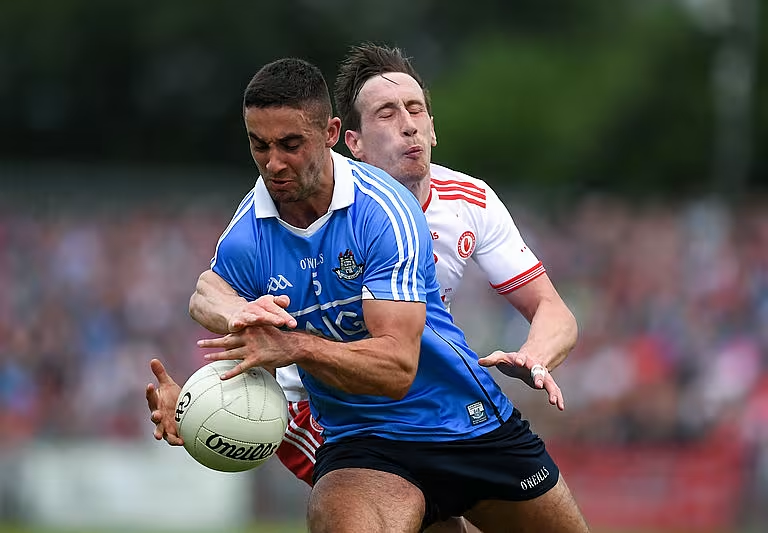
Tyrone have won 52 turnovers in contact this year in comparison to Dublin's 24. On a per-game basis that is 5.8 to 3.4.
Similarly, they turn the ball over less frequently when bringing the ball into contact themselves.
Micky Harte's men lose the ball on average 3.9 times per game in the tackle, while Jim Gavin's men do so five times.
But how important is the turnover stat?
Rob Carroll of Gaelic Stats is one of the most respected statisticians working in Gaelic games, and he says managers are particularly interested in turnover statistics in Gaelic football.
Rob was in studio with us on this week's 'So-Called Weaker Podcast'. He has being providing stats for the podcast all year with thanks to Sure, official statistics partner of the GAA, and popped in before the All-Ireland final to discuss the growing role they play in the game.
The number of turnovers in a game is relatively low, but teams would still be looking.
I know James Horan and Mayo would have at times had a number for turnovers in his front line, from his forward line. So even being that specific to say that ‘ok we are looking at this number, but from this unit of the team as well’.
So they would all have those type of targets going into the game.
If Tyrone can encourage their opponents to carry the ball into the tackle, it could hand them a vital advantage in this final. Dublin are experts at retaining possession and waiting for the right opportunity to present itself before advancing towards the opposition goal. If they can be encouraged to bring the ball into contact more often, Tyrone could launch the quick counter attacks that have proven to be so successful for them.
If this is a tactic they want to pursue, they need to make sure the tackling is of the highest quality. According to Carroll, they cannot afford to cough up cheap fouls.
If they are giving away, to Dean Rock, 10 or 11 scores you can forget about it. That one is obvious.
Obviously Tyrone are a very defensive team, a very good team from a defensive point of view.
But that is one that would stand out, if that starts to creep up and how it’s refereed and all that sort of stuff, it’s just going to be impossible to get those 10-plus scores down the other end.
Tyrone need to make this a physical game, but they cannot overstep the mark. Controlled aggression is the key.
All-Ireland finals are usually decided on the slimmest of margins, and teams need to make the most of any areas of the game in which they hold an advantage over their opponent.
This especially true for a Tyrone team that is outranked by Dublin in so many different statistical categories, and Mickey Harte is sure to have noted where the stats say they can hurt the Dubs.
Keep an eye out for this on Sunday.



